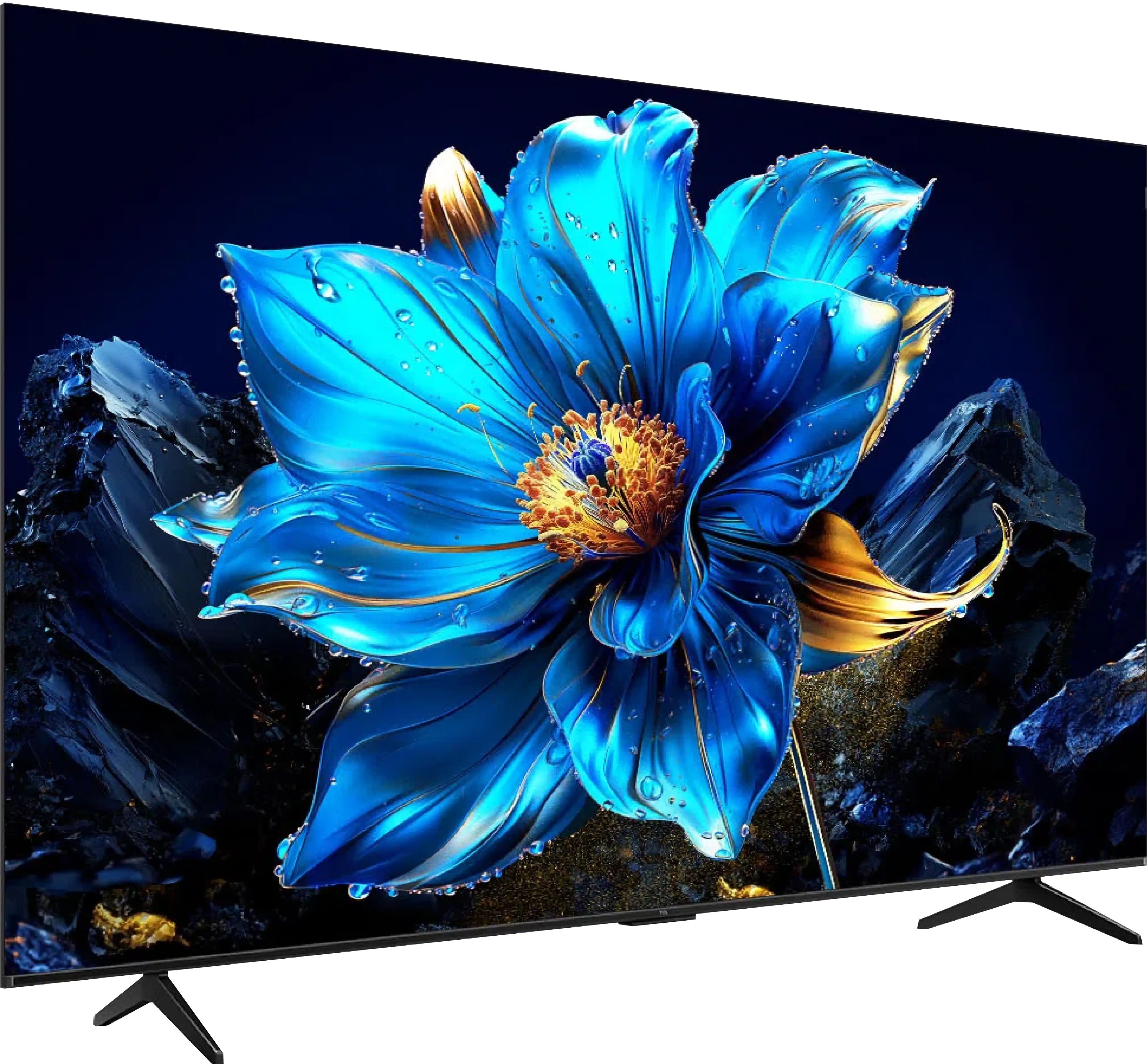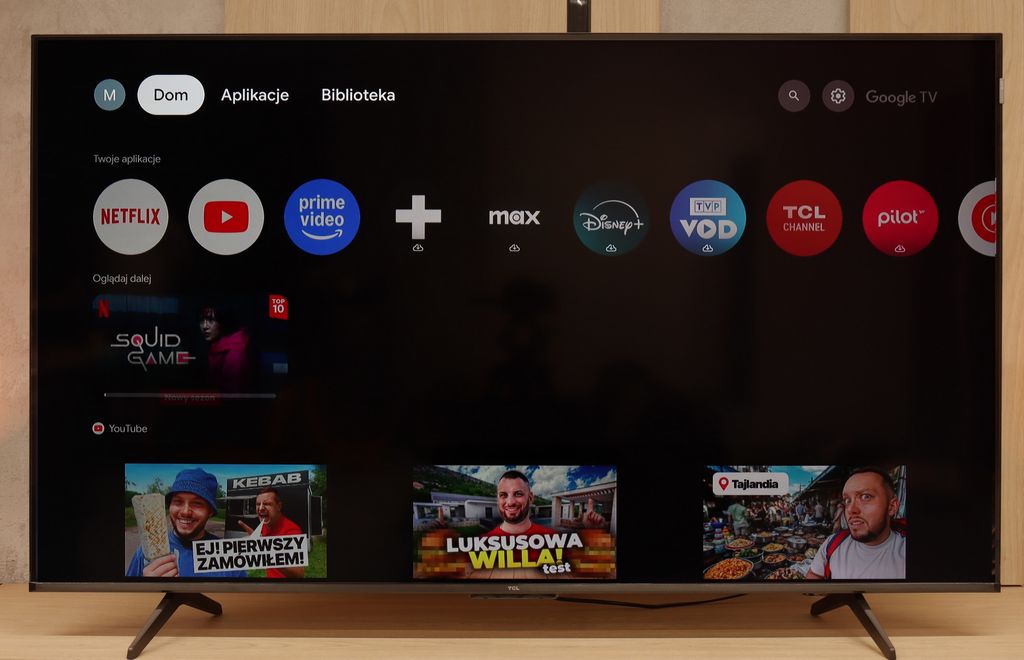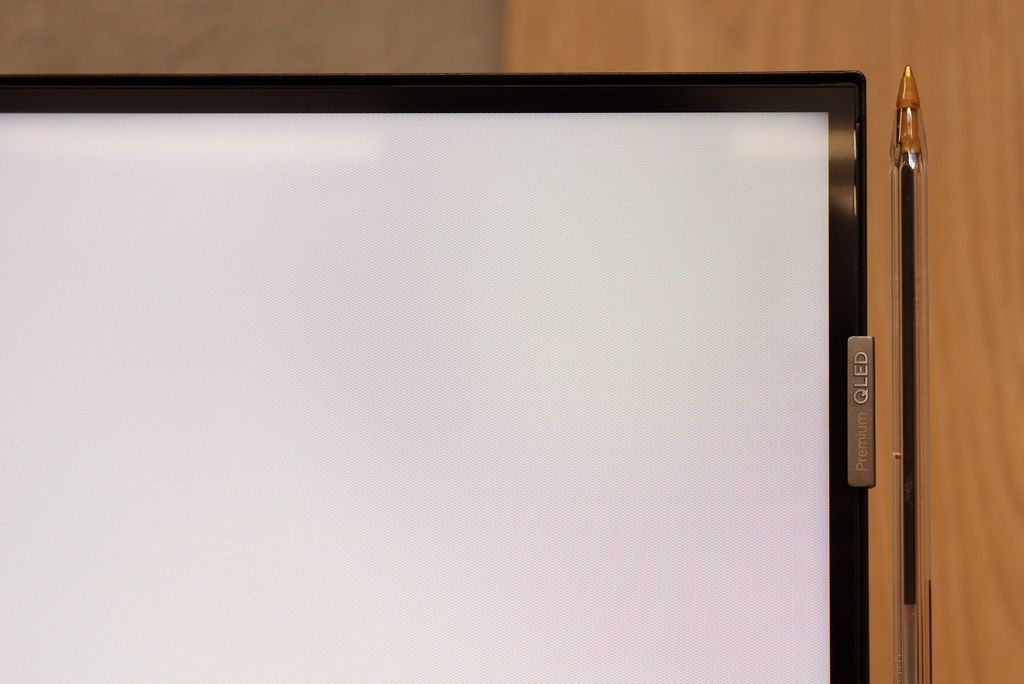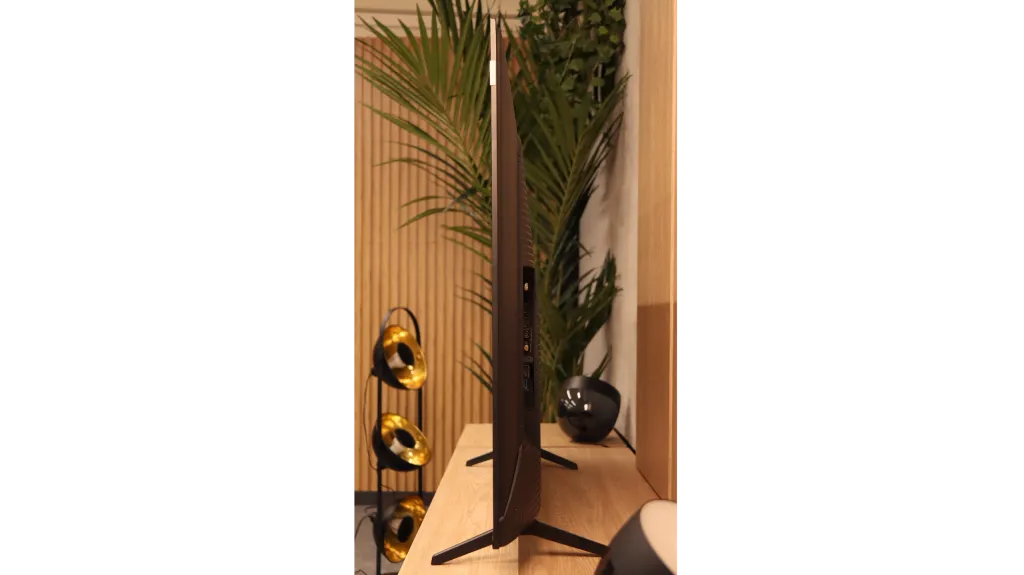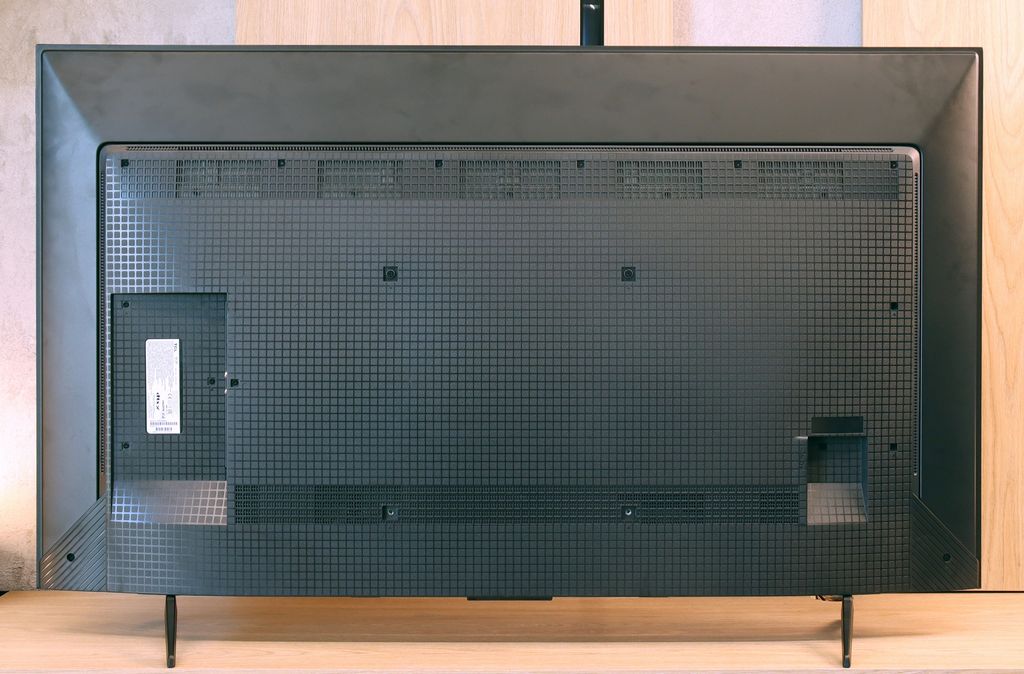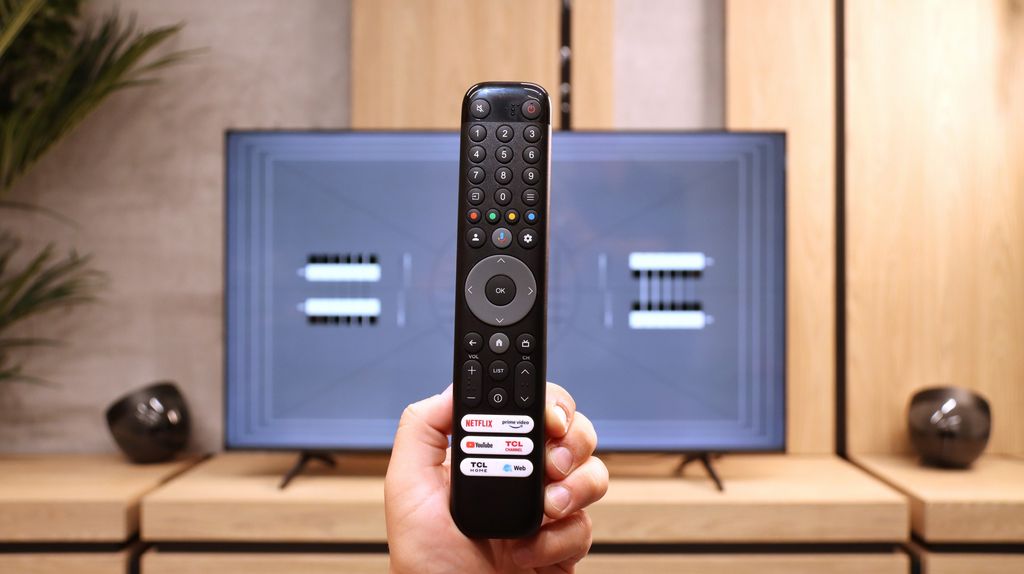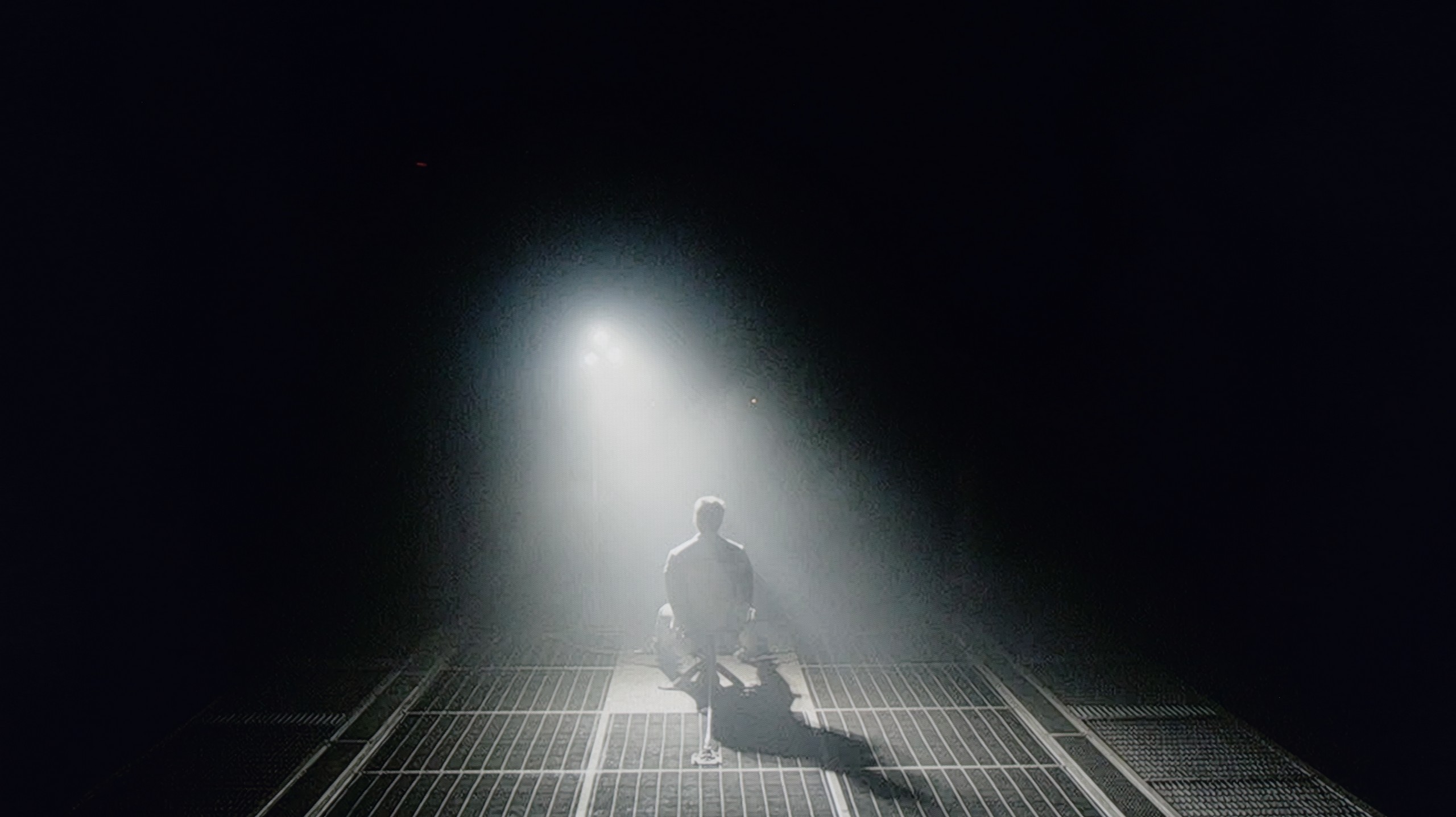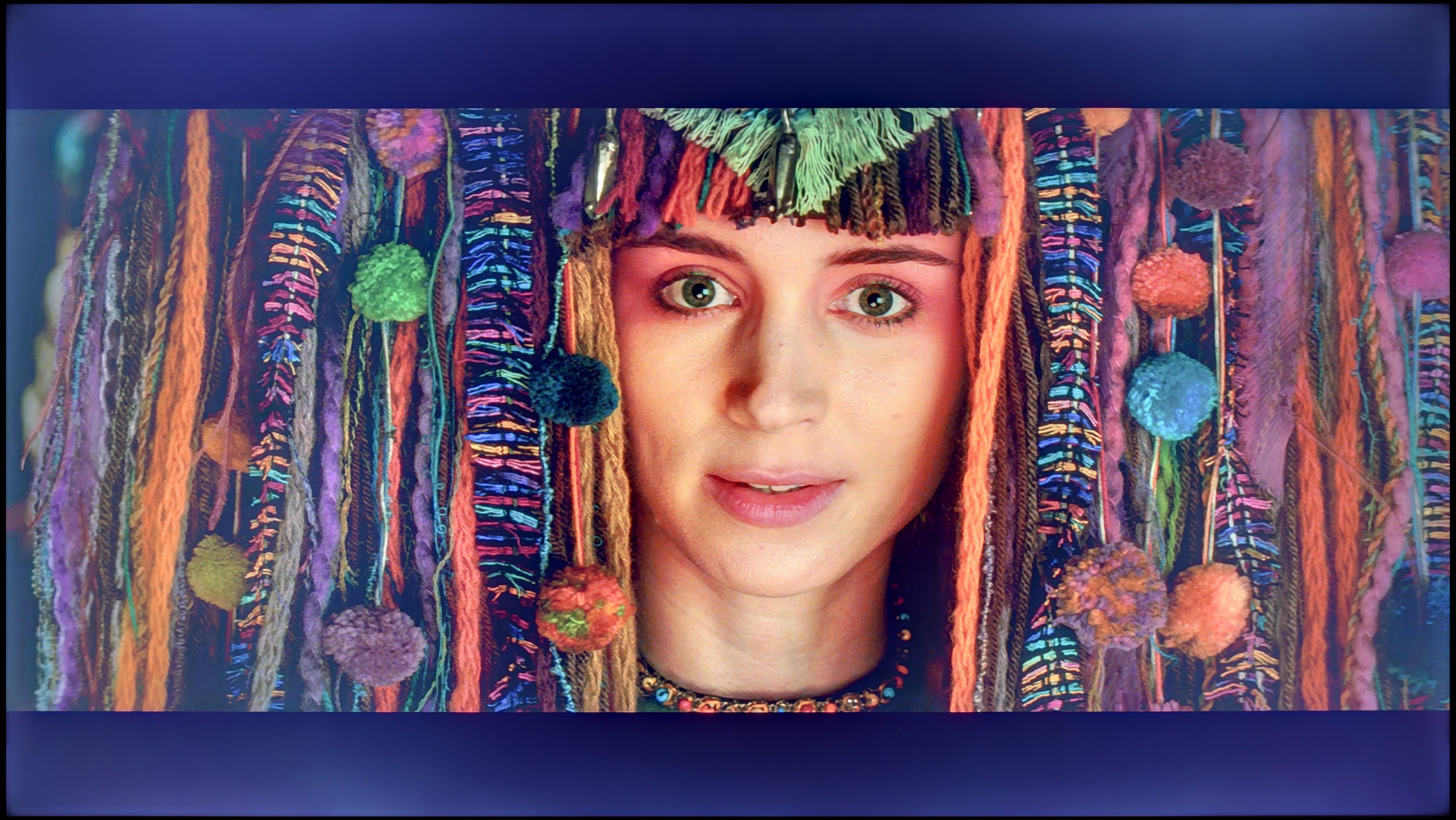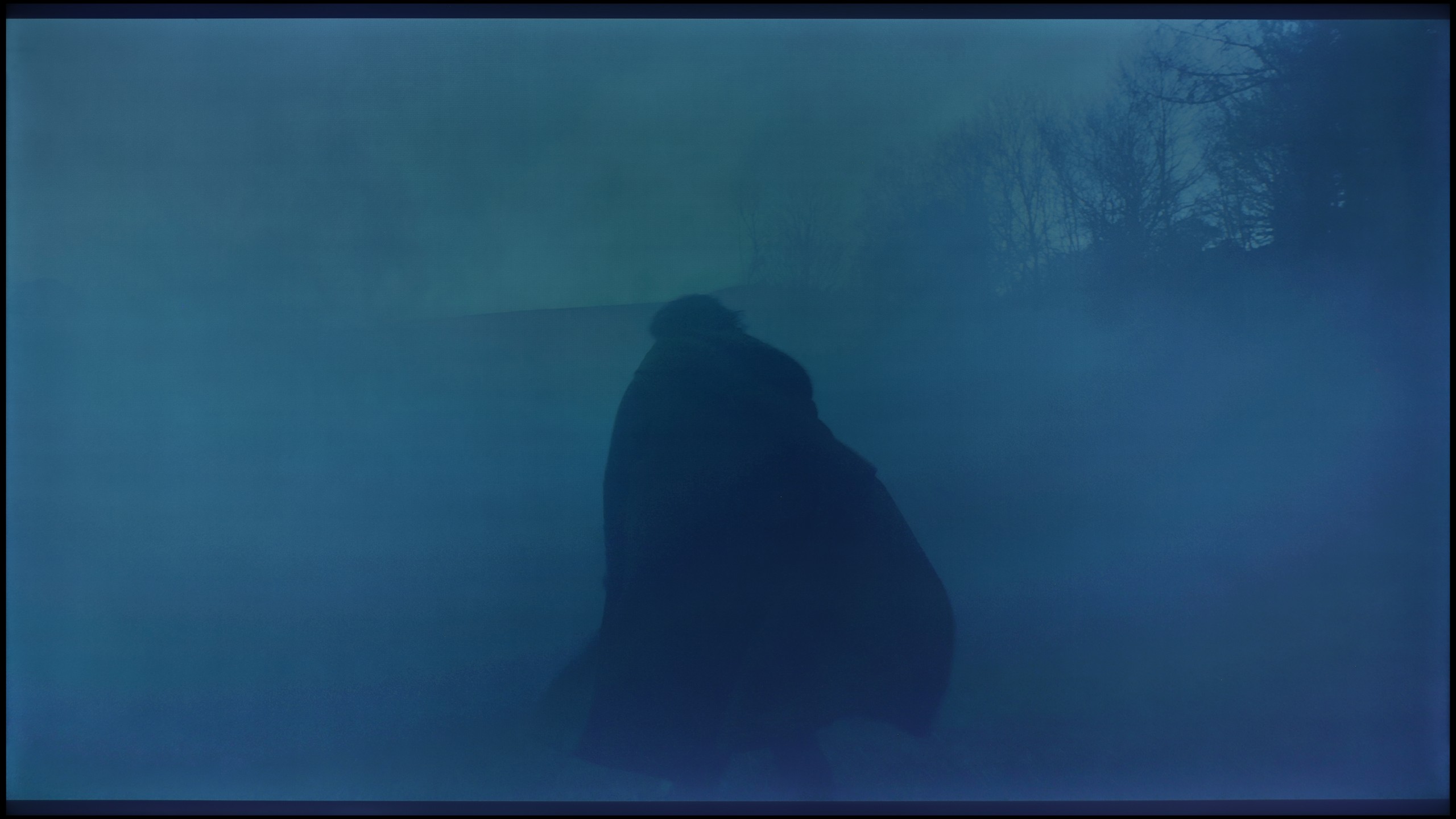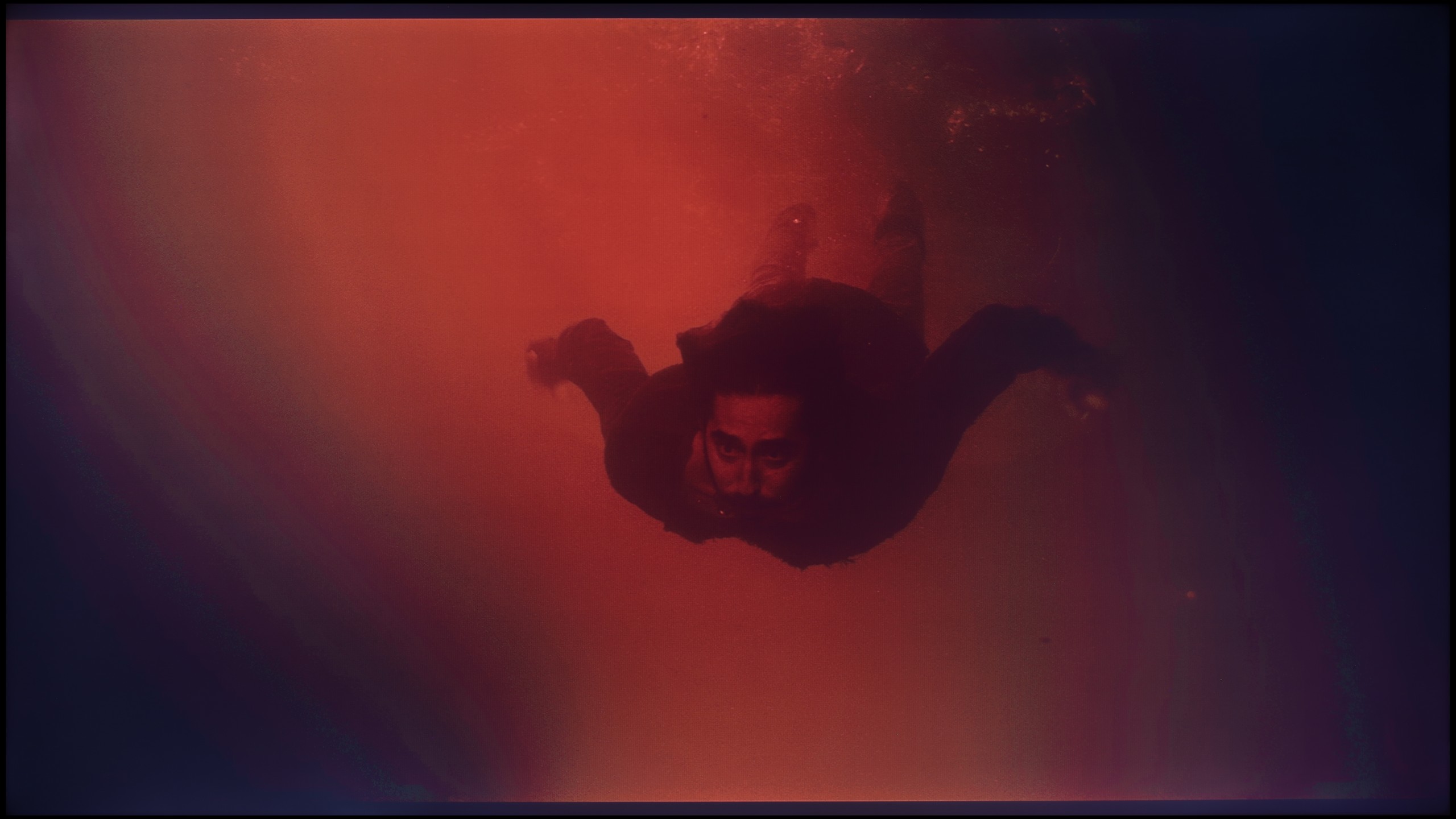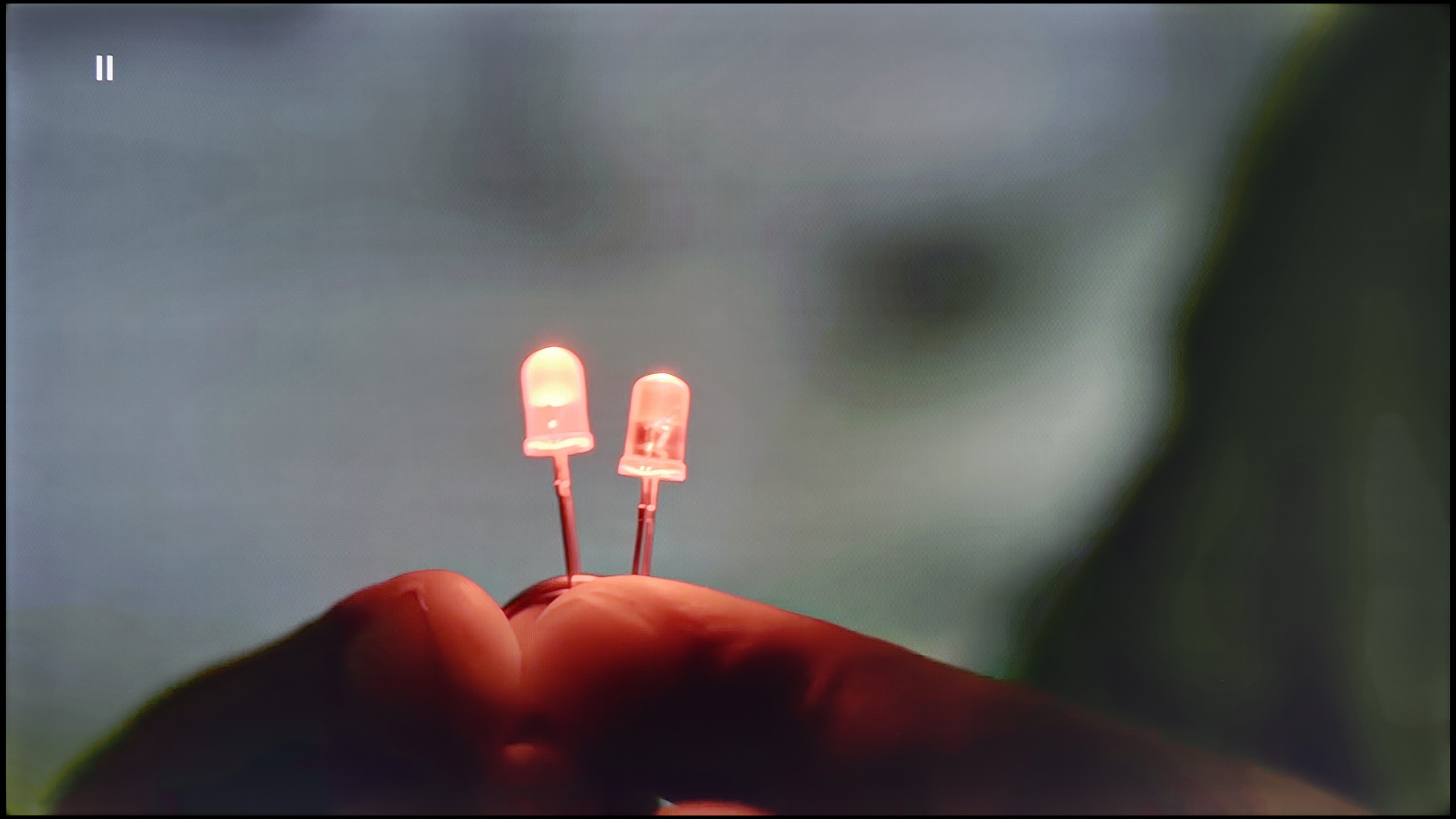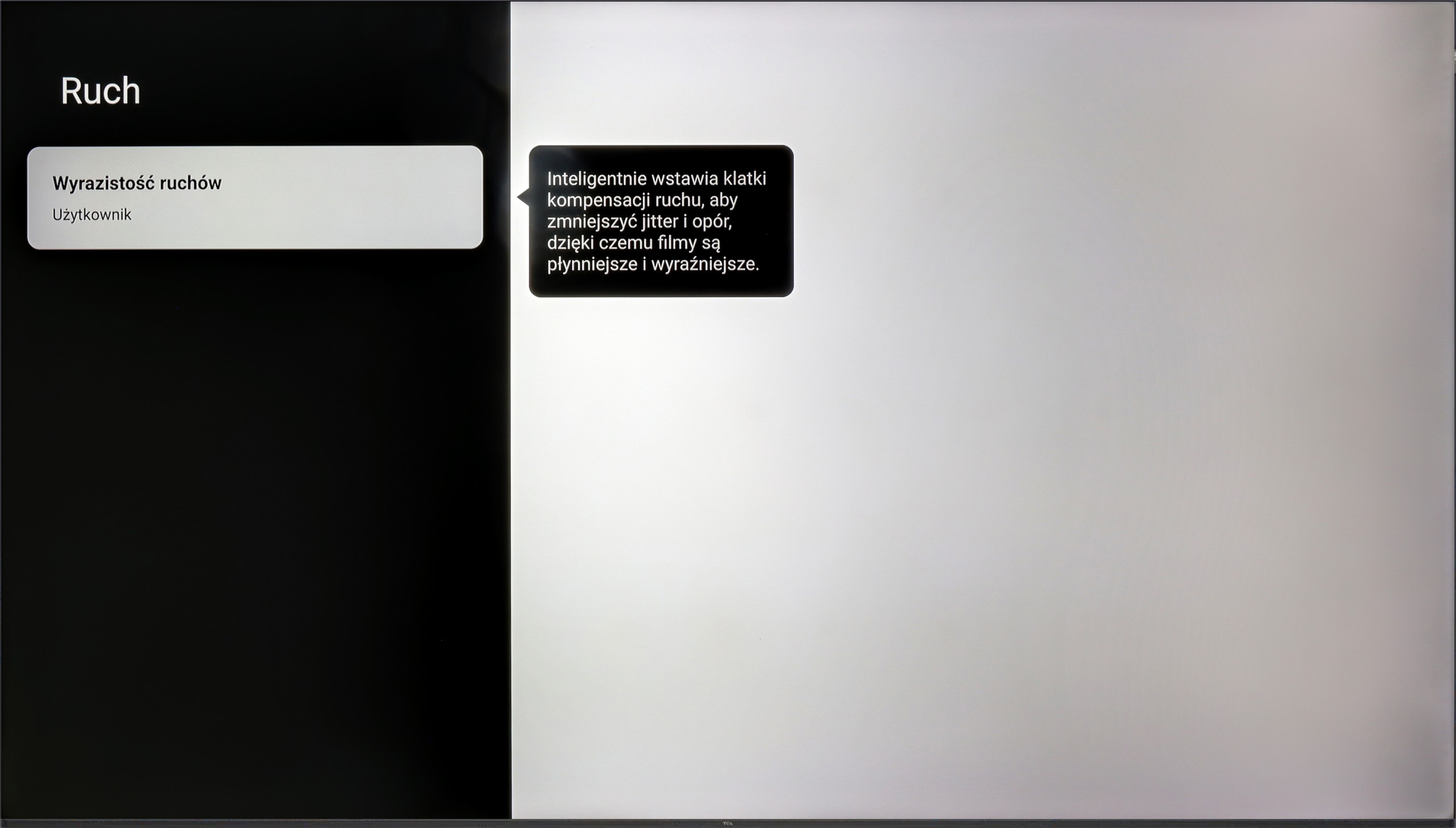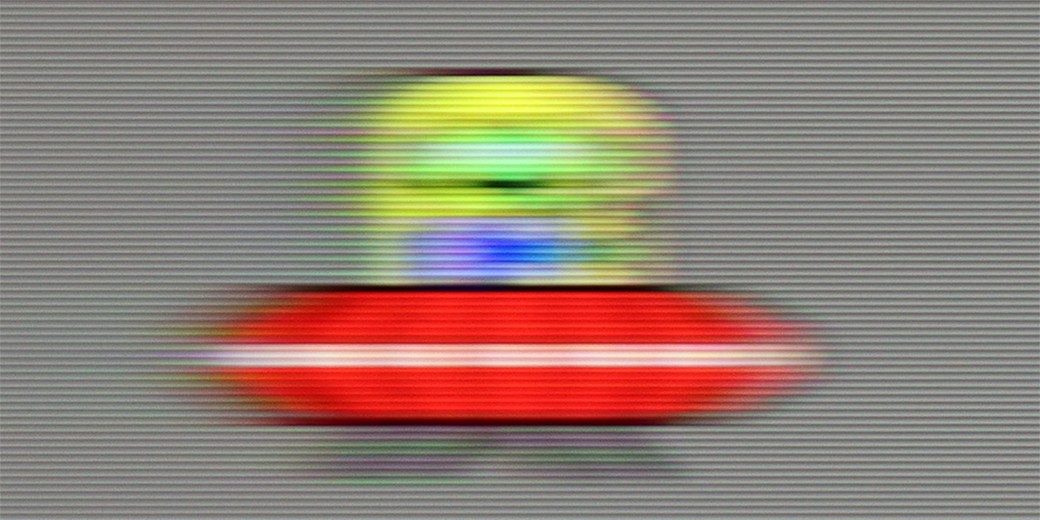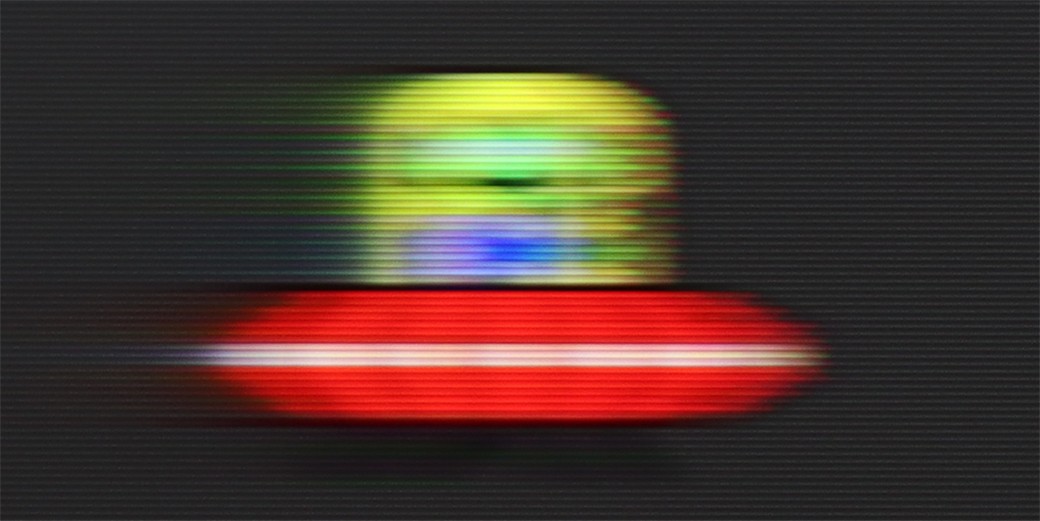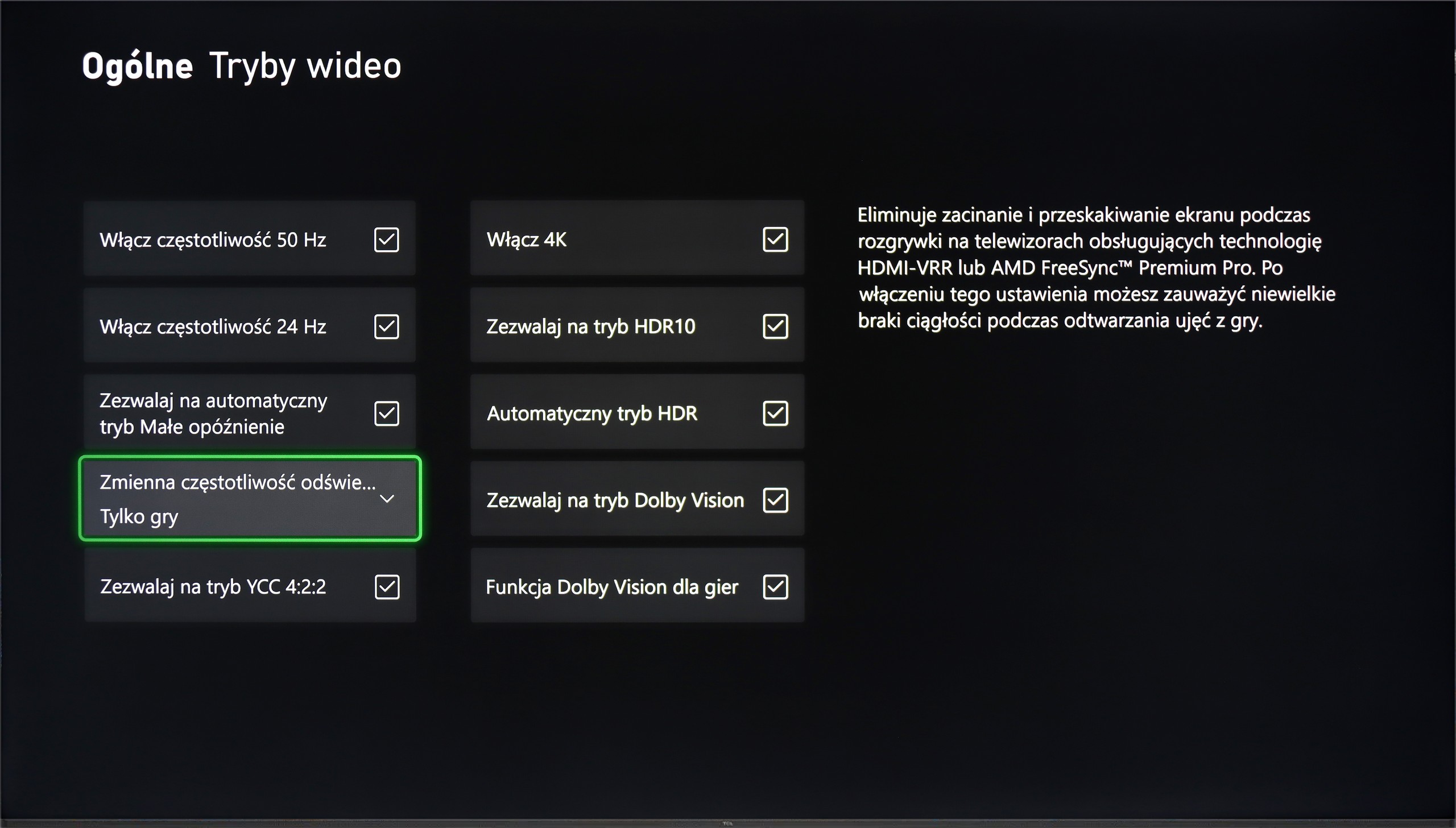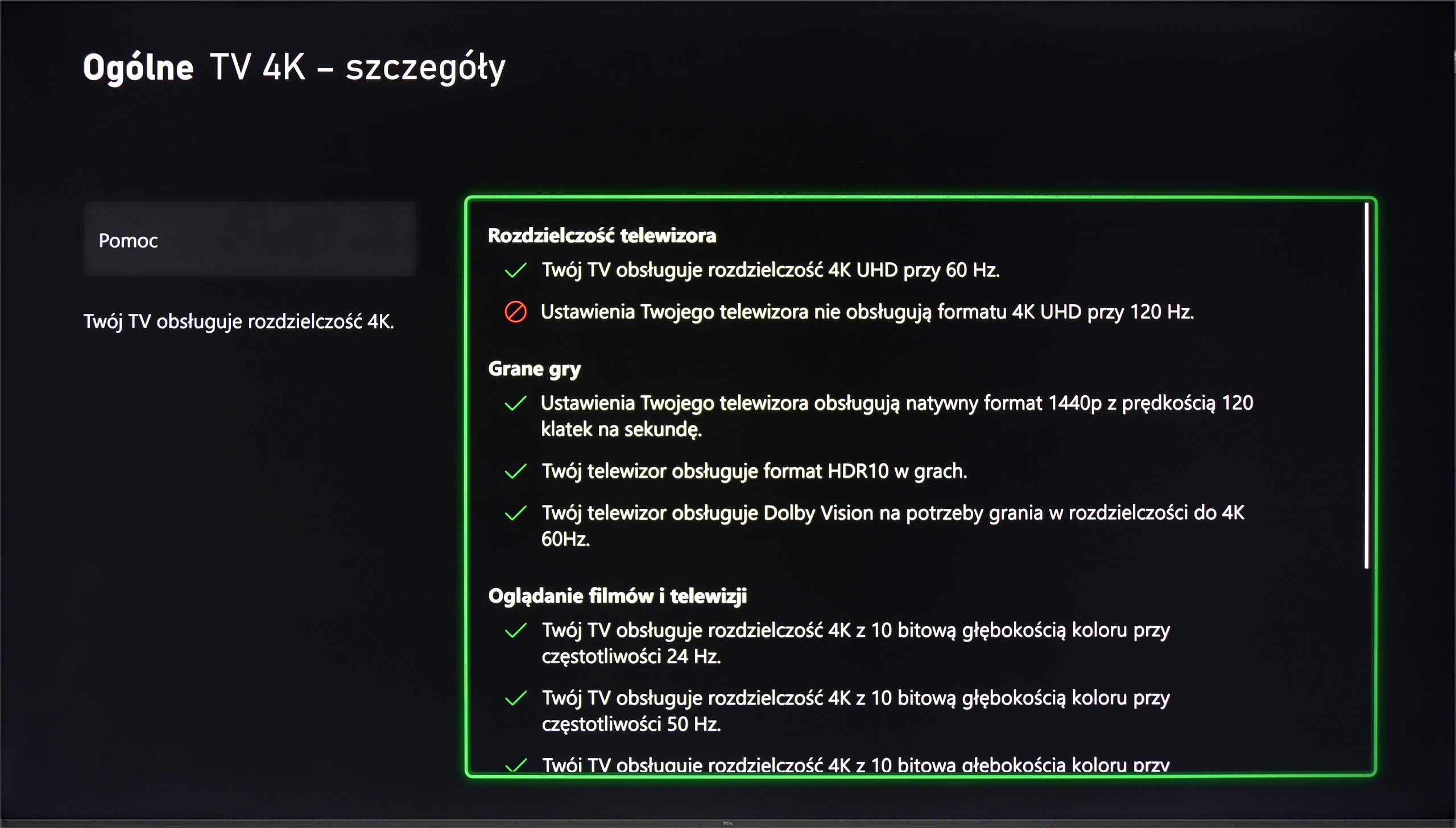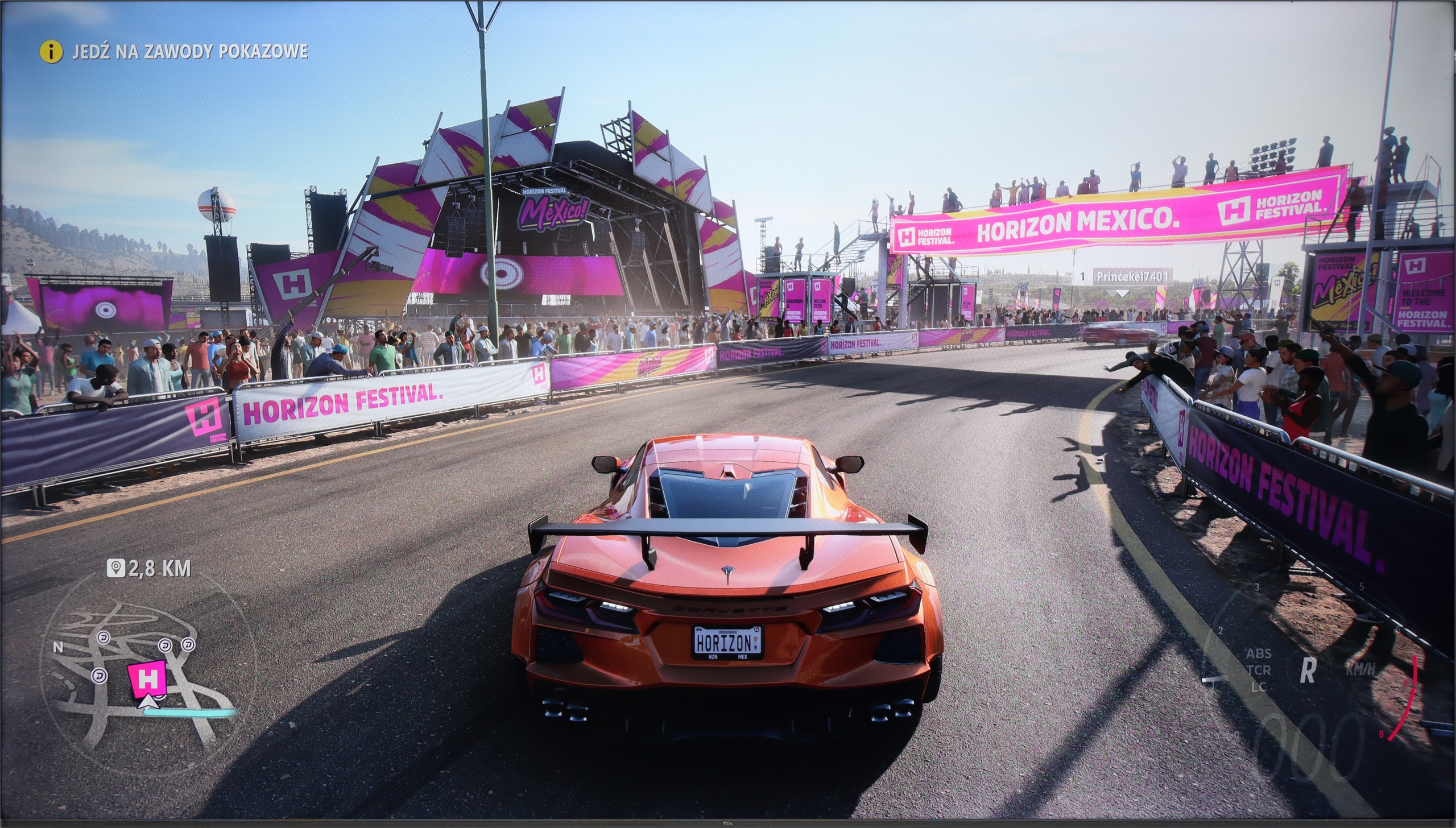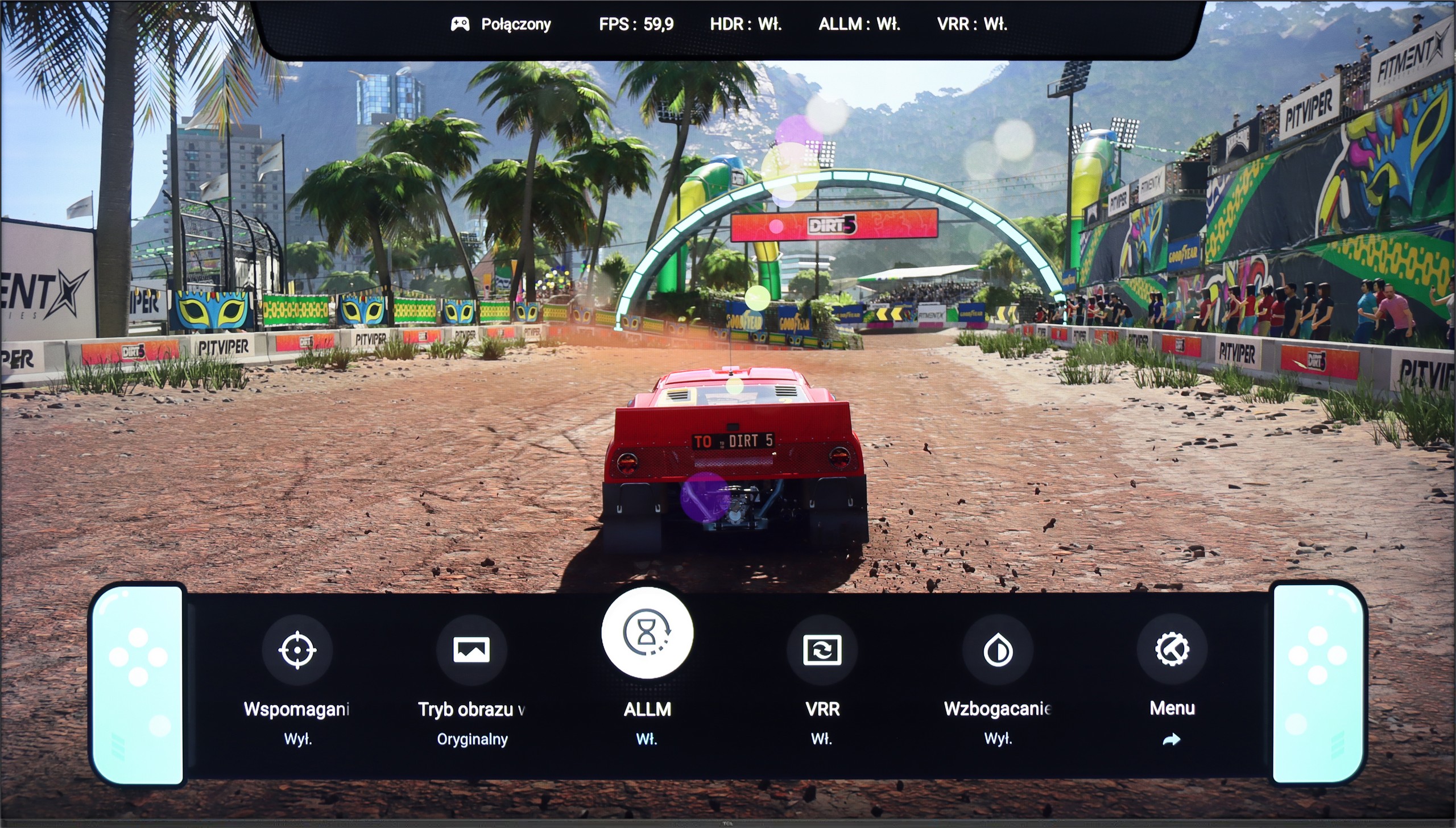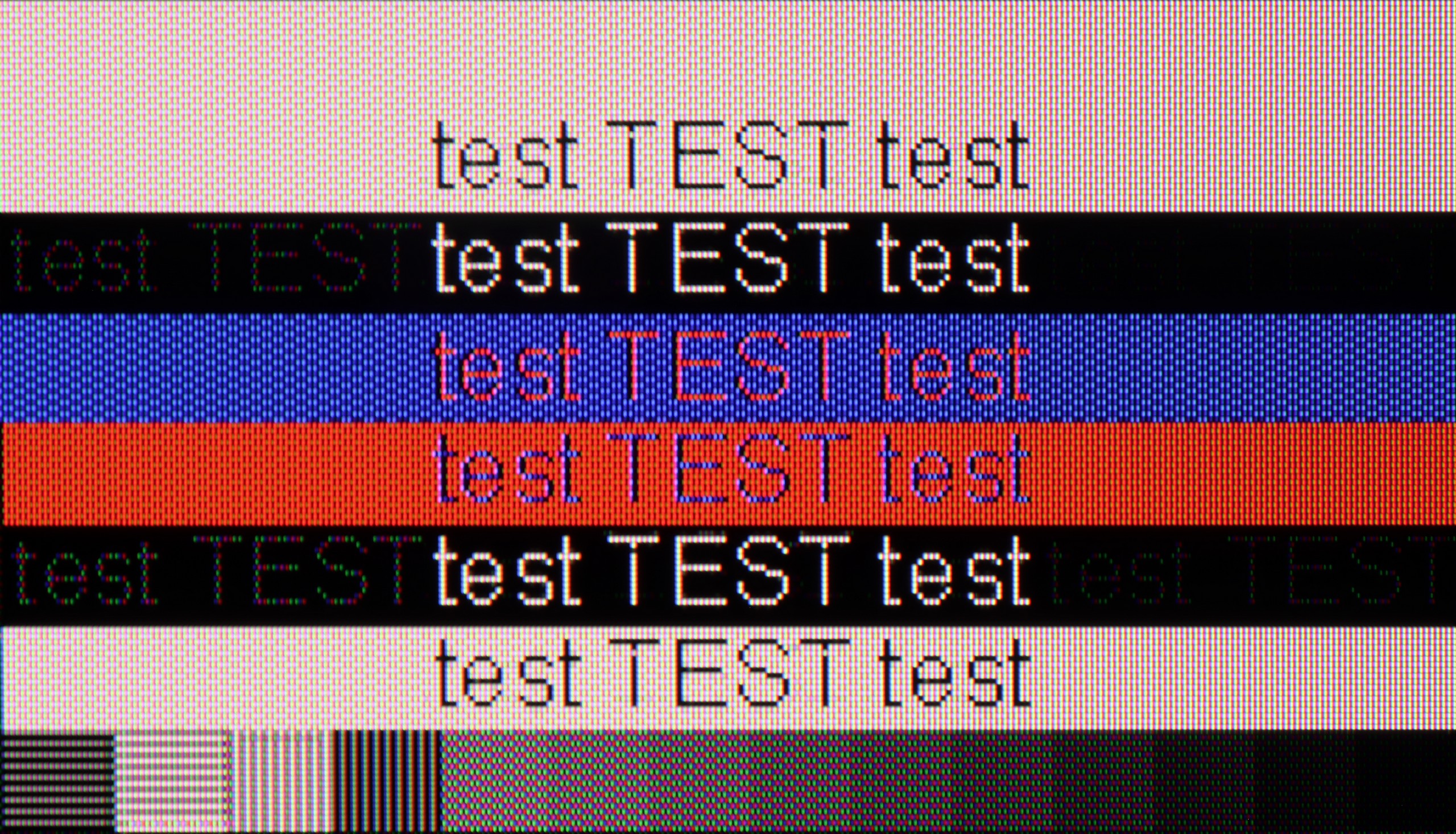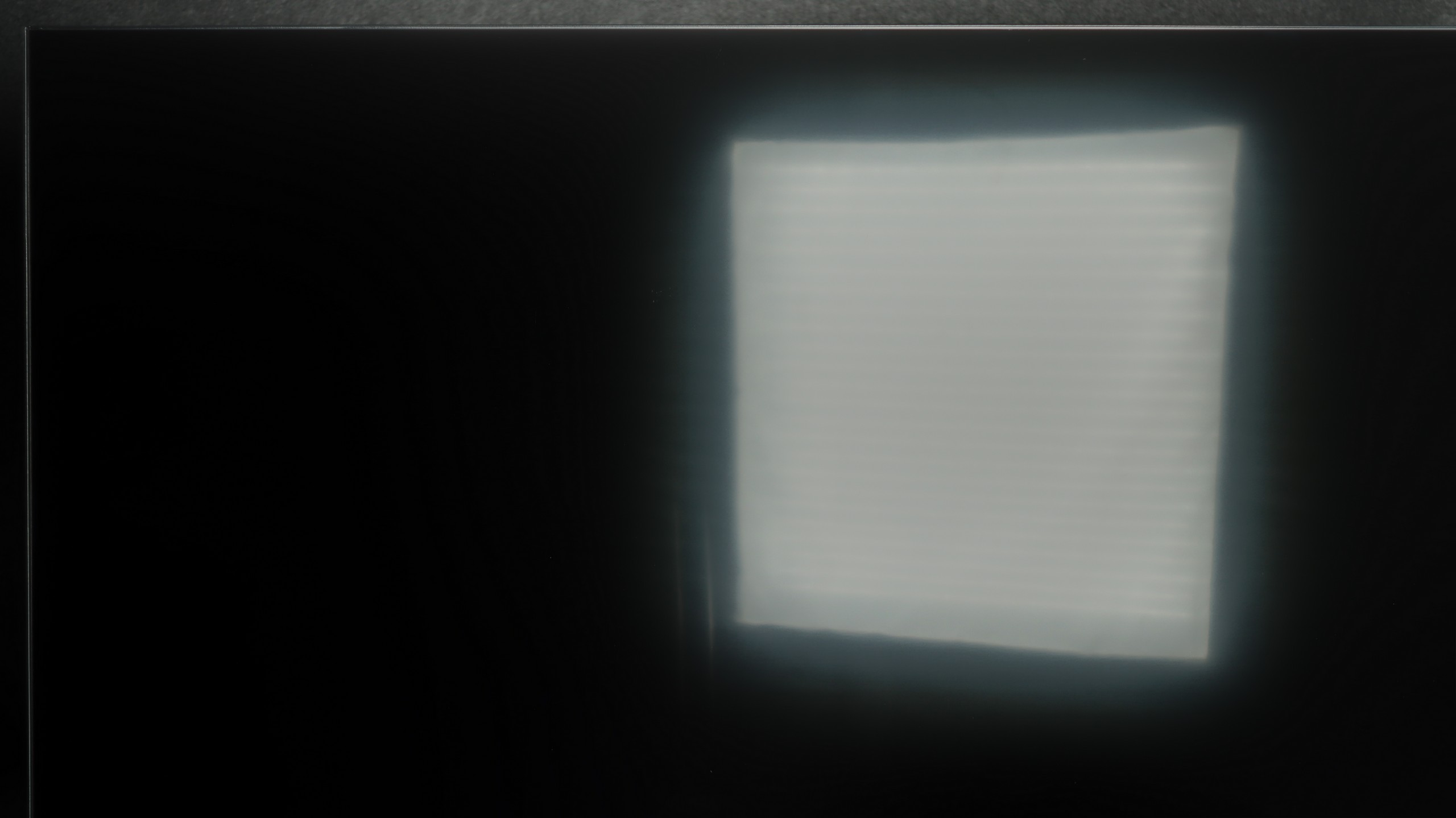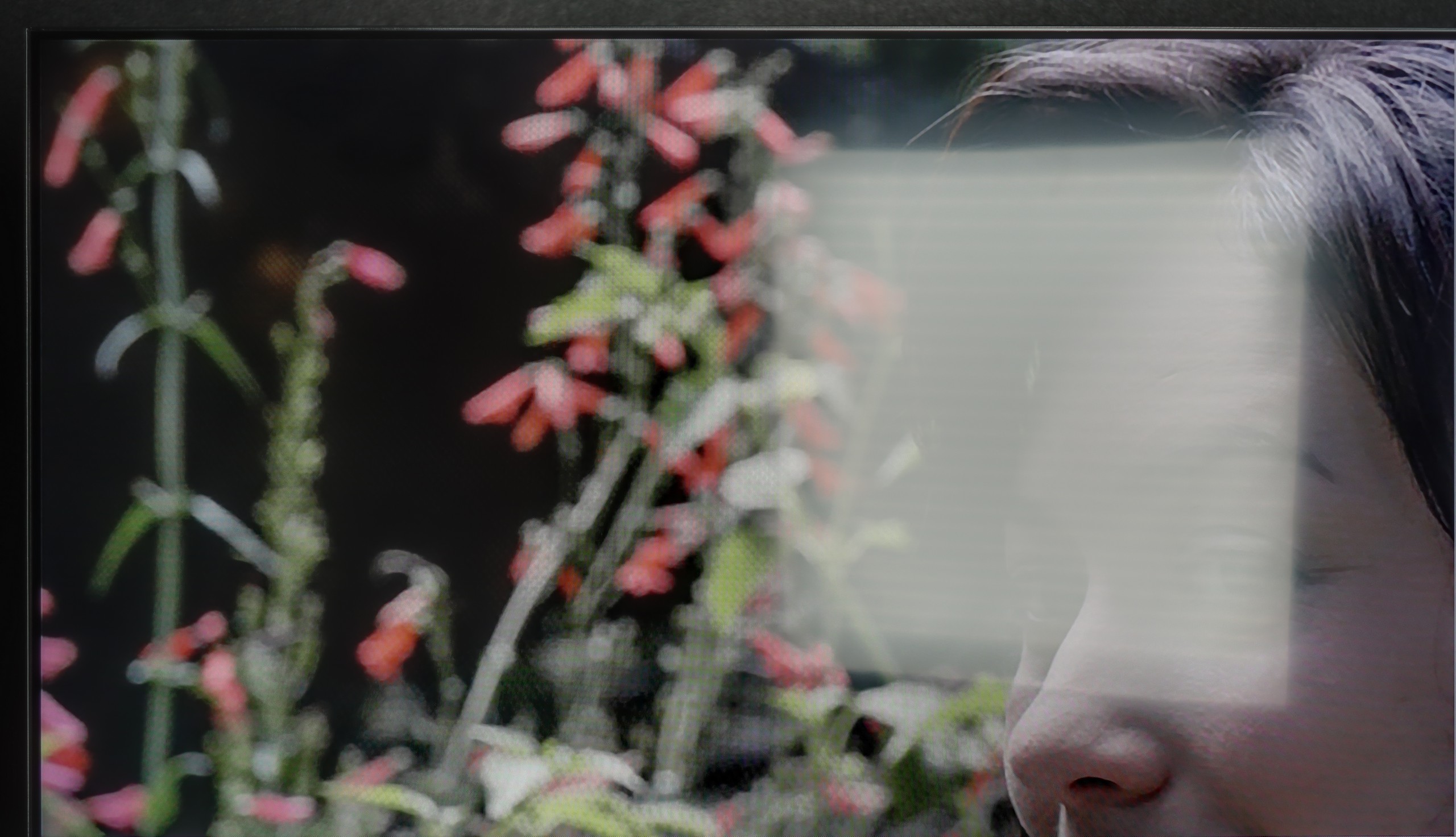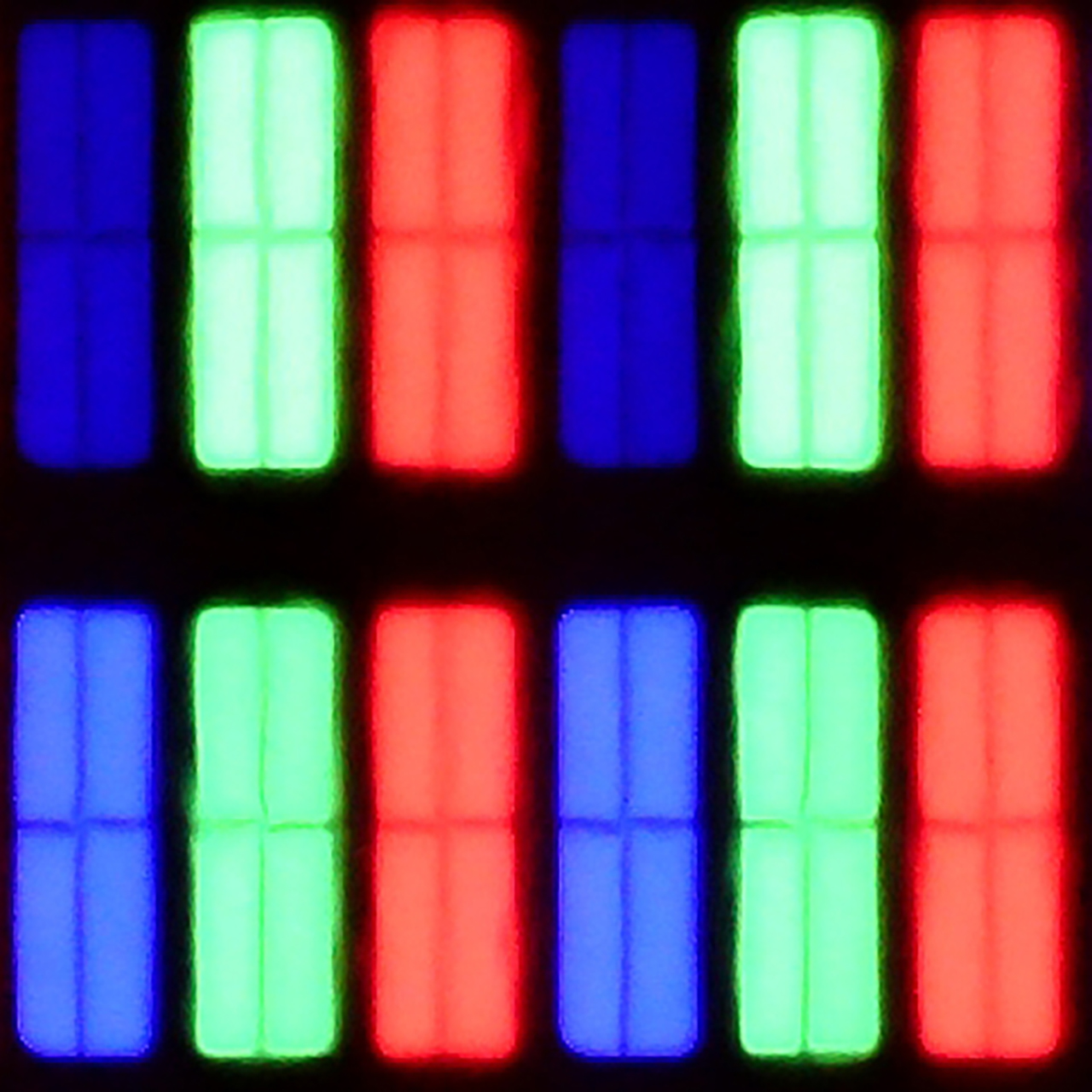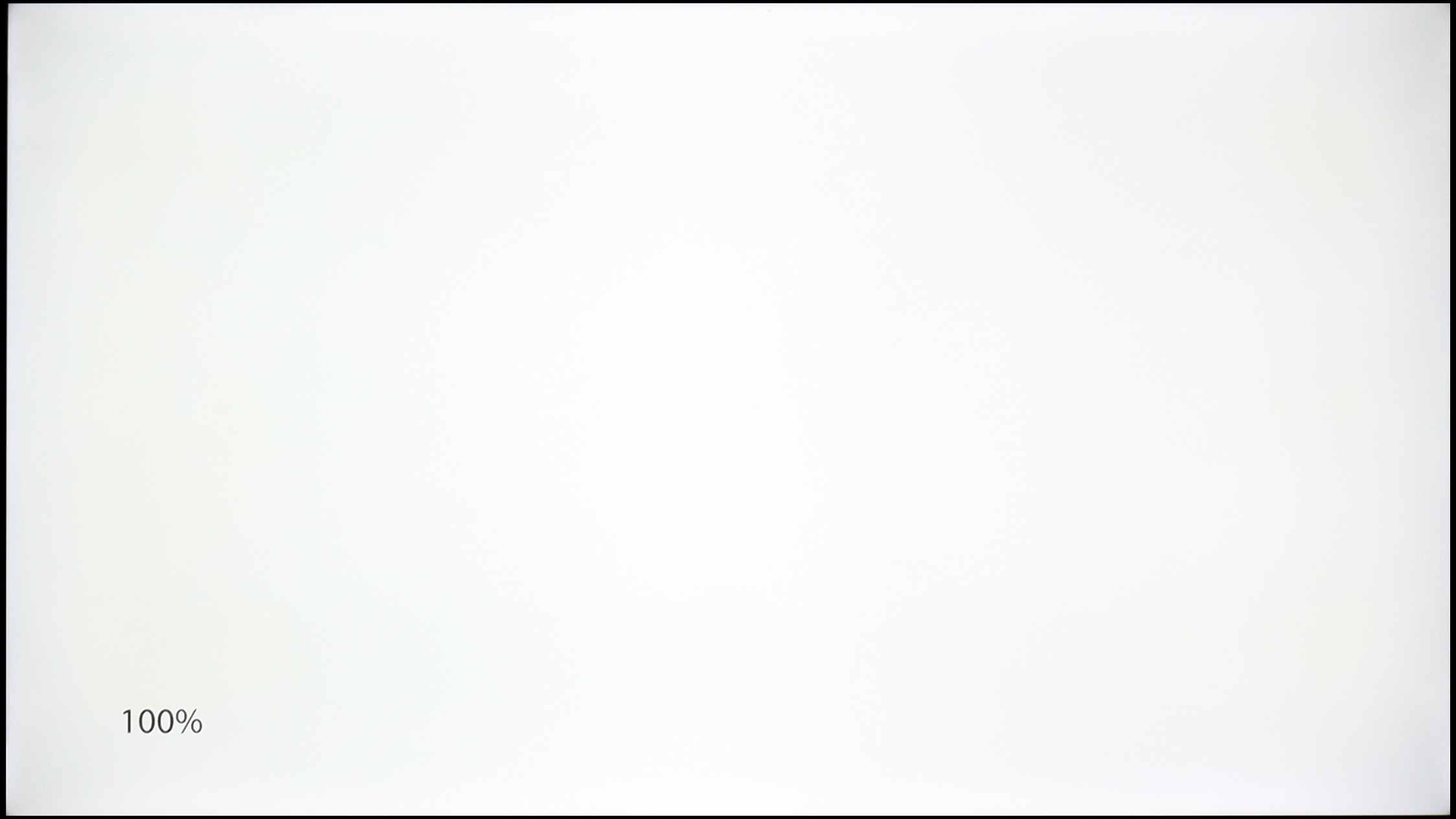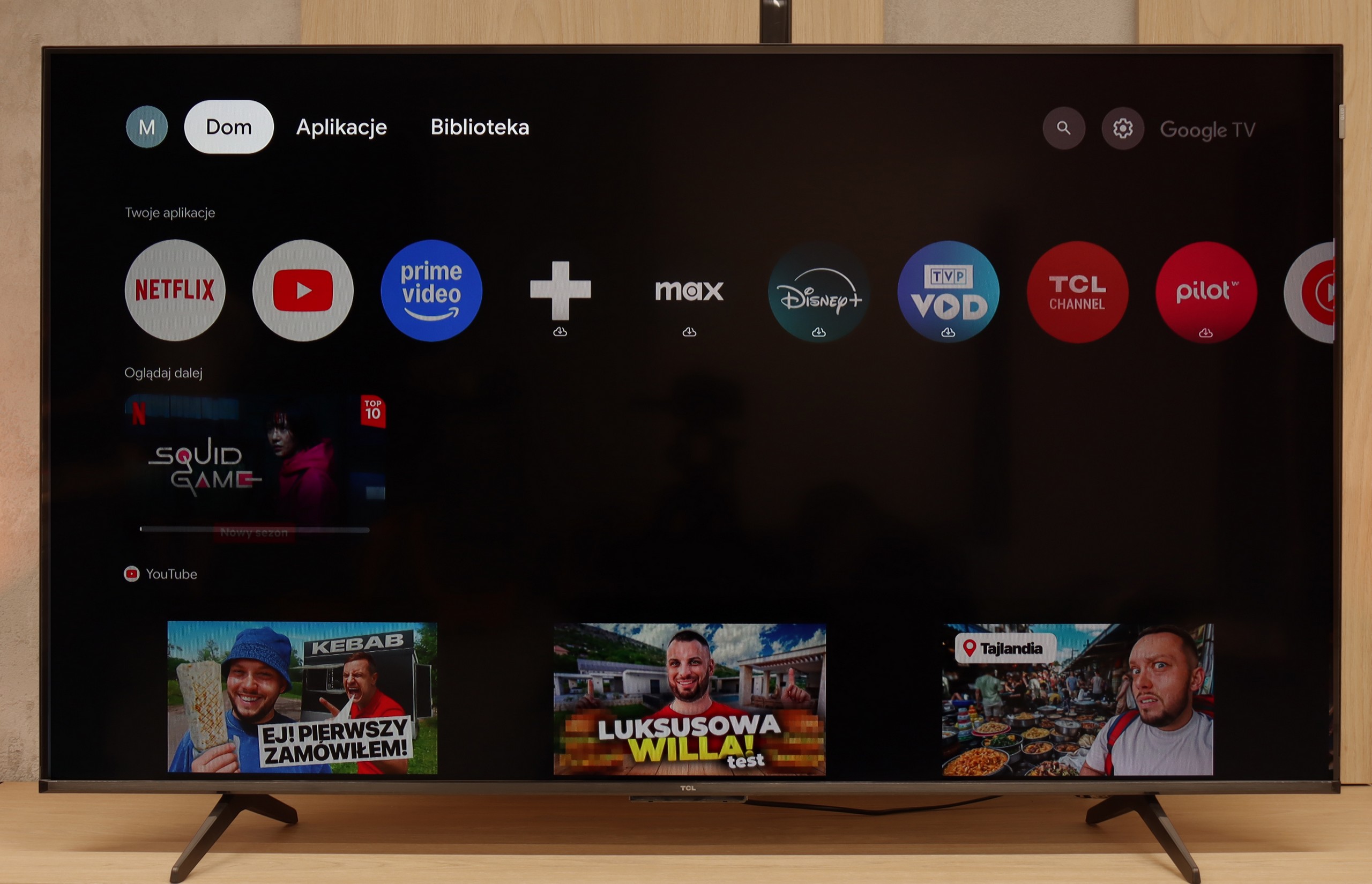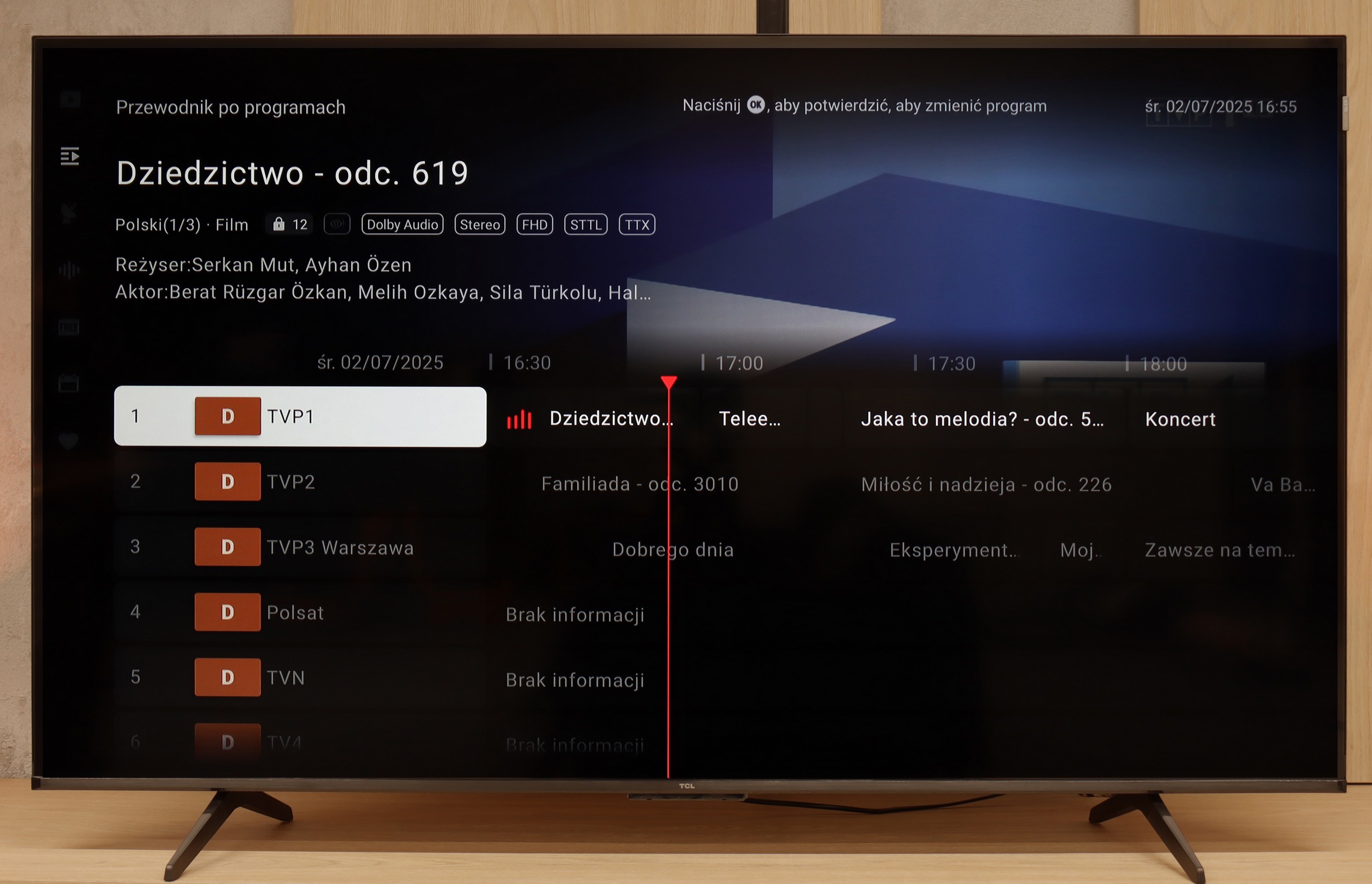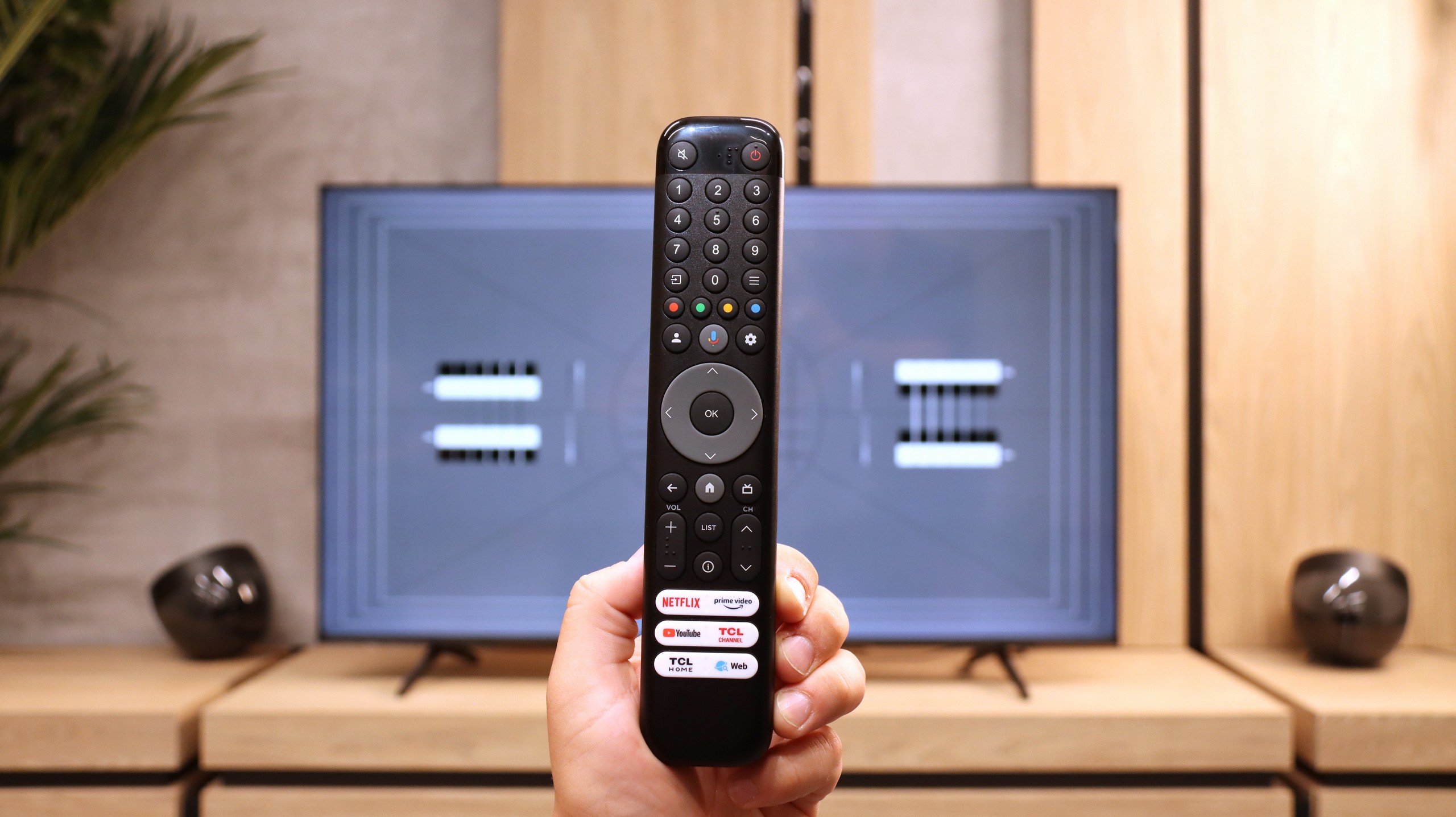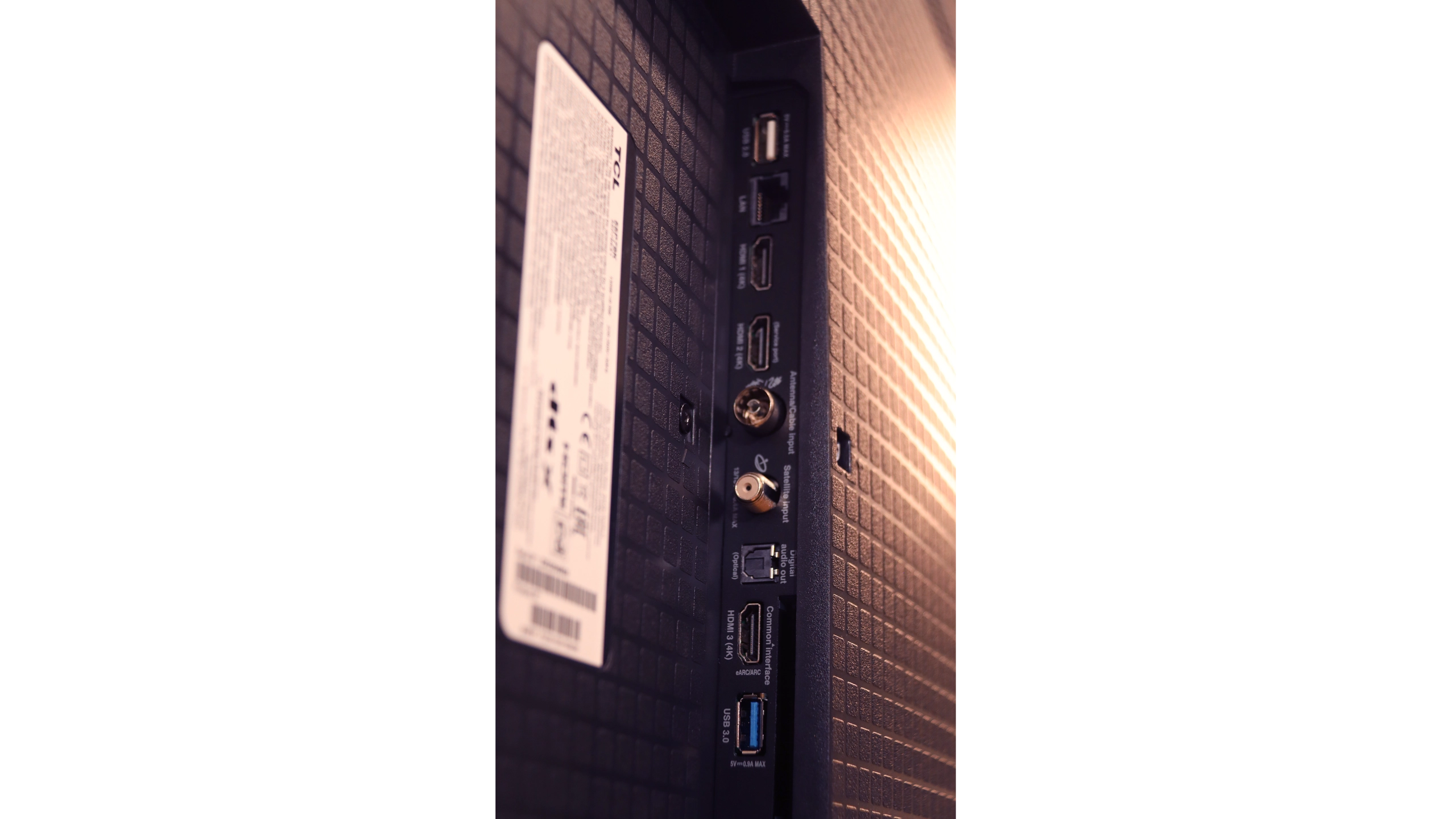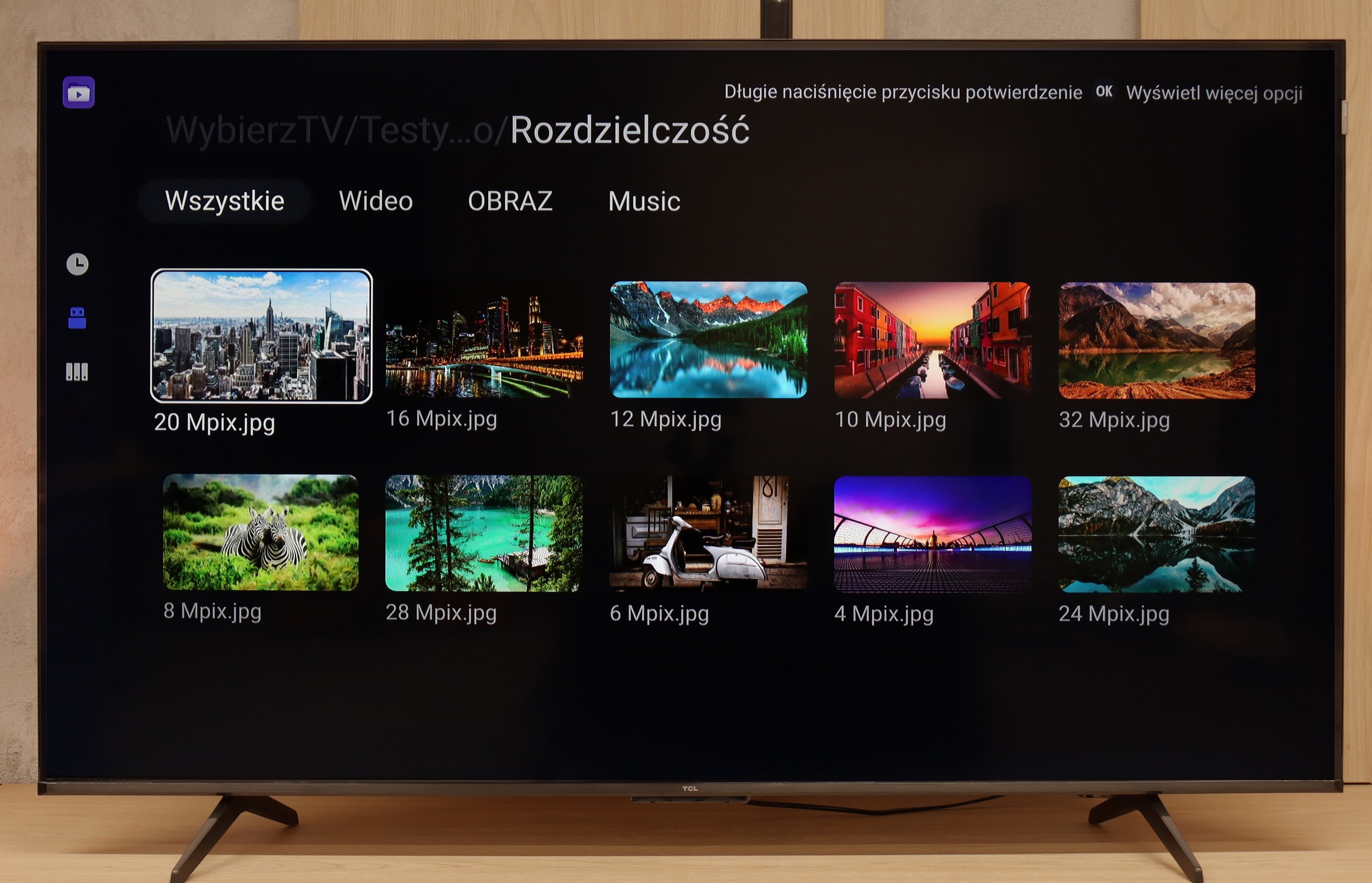LG has used its well-established proprietary WebOS system, a staple in its televisions for many years. This system provides access to virtually all major applications, with only a few notable exceptions, such as CDA or KODI. Additionally, the modern web browser and the remote control with a built-in mouse make streaming services easily accessible, even when specific apps are unavailable. One of WebOS's standout features is its ability to operate using a cursor that appears when the remote control is moved, offering great convenience when entering queries or passwords.
WebOS also includes screen mirroring, AirPlay, and Bluetooth headphone connectivity. For users with hearing impairments, it’s worth noting that WebOS allows the simultaneous use of headphones and the TV speaker, providing added flexibility. For sports fans, the system has a handy alert feature that notifies users of an upcoming match, ensuring they never miss a game.
Another highlight is the home panel, which enables users to control all smart devices connected to their home network. For example, a completed washing cycle will trigger a notification in the upper right corner of the screen.
In conclusion, while WebOS may not be as widely known or feature-rich as Android TV, it offers stable, fast performance and supports the majority of functions that users need. It is a solid and reliable option for those seeking a simple, effective, and user-friendly operating system for their television.
Smart Features – the Power of Google TV
The heart and brain of the TCL P7K / P79K is the Google TV system, which in itself is a huge advantage. This platform provides access to an almost endless library of applications from the Play Store, ensuring that we won't be missing any key streaming service. Integration with other devices is exemplary – Apple device owners will appreciate the seamless cooperation via AirPlay, while Windows and Android users will easily take advantage of the screen mirroring feature. It is also worth highlighting the Google Assistant, which performs fantastically with voice searches in Polish, remaining one of the most effective and convenient solutions of its kind on the market. The operation of the system on the tested model can be described as "average plus." The interface is mostly smooth, but during testing, it experienced occasional slowdowns and even sporadic "freezes" requiring a moment of patience. Minor hiccups are also visible in the translation of some system messages, which can be awkward – however, these are just small oversights on TCL's part, not affecting overall functionality.
Classic Features
In the age of smart systems, traditional television functions often take a back seat, and this is also the case here. A significant advantage is the inclusion of a classic remote control with a numeric keypad, which does not require precise aiming at the screen for communication, greatly enhancing user comfort. The presence of Bluetooth technology for connecting external devices, like headphones or speakers, should also be noted positively. However, this is where the list of conveniences basically ends. It is evident that TCL has placed nearly everything on the Google TV card, treating classic functions as an absolute minimum. Therefore, we will not find the option to record programs from built-in tuners to a USB drive or the once-popular PiP (Picture-in-Picture) feature. This is therefore a basic package that simply works, but does not offer anything beyond what is necessary.

